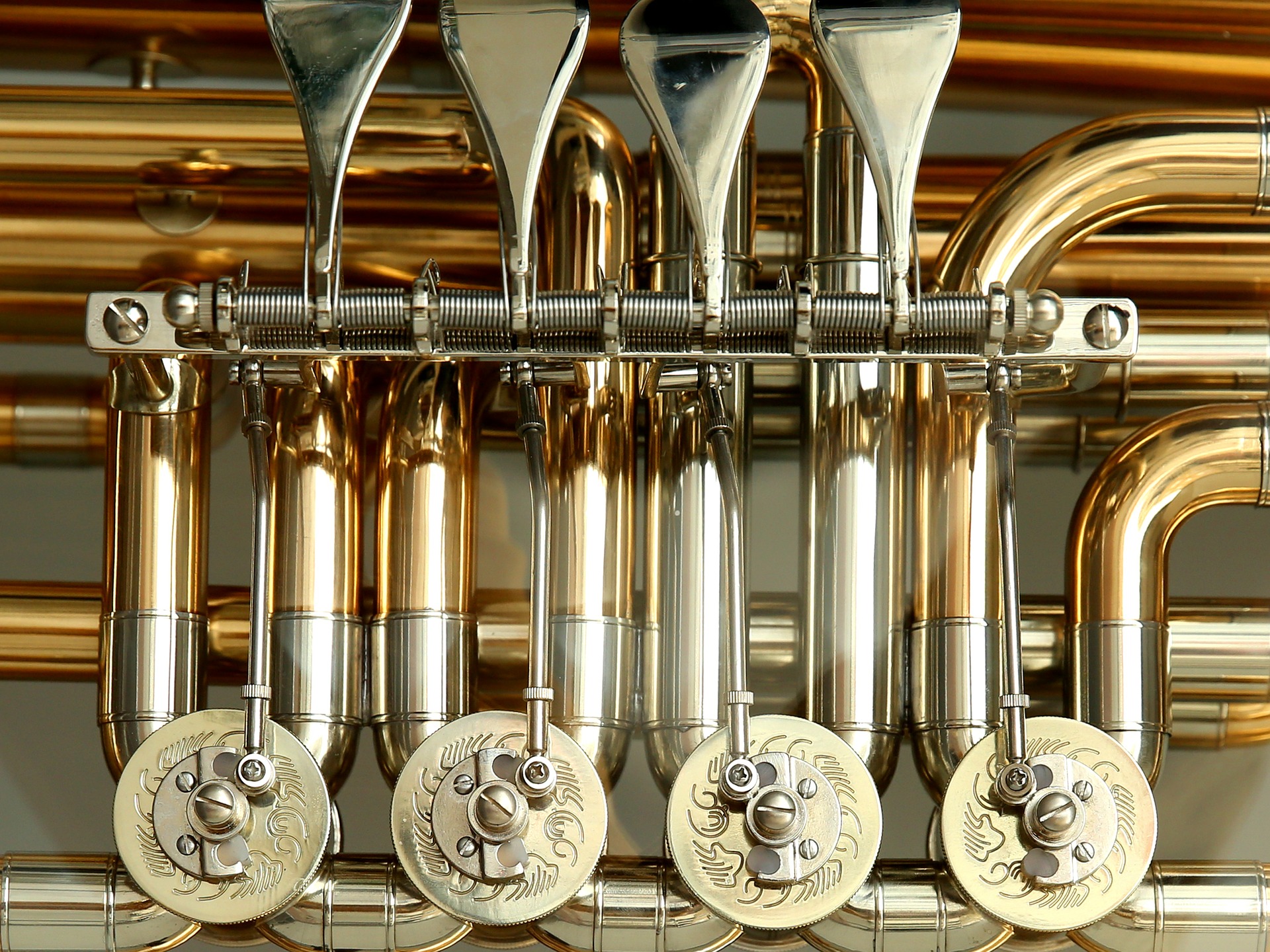Rhythm & Dance
Butler University’s Wind Ensemble and Department of Dance Collaborate on Rare World-Premiere by Well-Known Artists
Words by Dr. Nicholas Johnson. Adapted from Classical Music Indy’s NOTE Magazine.
One of the city’s major artistic events of 2020 is coming this spring, when the Butler University Wind Ensemble and the Butler University Department of Dance perform a new commission by Hollywood composer Michael Abels, with choreography by internationally-acclaimed choreographer Patrick de Bana. The event celebrates the 100-year anniversary of Butler bands.
Michael Colburn, director of the Butler University Wind Ensemble, selected Abels for the commission. Colburn, formerly of “The President’s Own” United States Marine Band, has never been averse to taking risks as a conductor. Striving to make wind ensemble music relevant and fresh for modern ears, he has been involved in several commissions. For this event, Colburn wanted to expand the music and performance experience that wind ensemble players typically have.
Wind ensemble musicians seldom get to play the same concert multiple nights in a row, and they rarely perform for audiences comparable to the size of those who attend orchestras and stage productions. By commissioning a leading composer who wasn’t linked with band music, Colburn hoped to create an innovative concert experience that benefited students and the arts community as a whole.
Enter Michael Abels, a composer best known for his brilliant, innovative scores for breakthrough movies such as Get Out and Us, both directed by Jordan Peele. Working with Abels was a perfect opportunity to acquire a new, groundbreaking piece for the Butler Wind Ensemble — one that might become part of the wind band’s standard repertoire. Abels expanded the collaboration even further by suggesting that the work include Butler University’s Department of Dance. The Butler University Wind Ensemble rarely performs a genuine world-premiere or provides dance accompaniment.
Abels, who is composing for a wind ensemble for the first time, says the premiere piece is a great creative stretch for him. Minus several compositional “tricks” he might normally employ, the process forced him to be creative in new ways, and to familiarize himself with the musical parameters and possibilities of a new ensemble. “I feel like now I’ve developed my own sense of what works and how to approach it,” Abels says, “and I think by the time I’ve finally finished, I’ll feel like this is a piece that is well done for the ensemble and also in my voice.”

Michael Colburn, Director of Butler University Wind Ensemble
This piece is also distinct because Abels’ recent work is primarily for film scores. Writing for a concert stage provides more creative freedom and opportunity, but there is a risk of getting lost in freedom. “You need boundaries in composition for creativity,” he says. “In film, the boundaries are extremely rigorous, and you are basically walking a very small tightrope of possibility. In a concert piece, it is up to the composer to define what the rules are.”
Abels, Colburn and da Bana selected three defining parameters to promote creativity for the piece:
- It provides its own formal and rhythmic parameters, designed to accompany dance.
- It includes rhythmic and harmonic elements derived from hip hop.
- It contains an abstract story of social justice.
With these boundaries in place, Abels tells a compelling story through music. Just as past classical composers once looked to jazz, rock or folk music, Abels is glad to see modern composers influenced by the most popular music genre in the world: hip hop. “Art involves social commentary,” he says. “You can’t do that without being of your time.”
Abels and da Bana collaborated on their vision in September when they traveled to Butler University for a creative meeting. The composition was only partially finished at the time, but da Bana felt Abels would be inspired to see Butler dancers and to meet faculty and student performers. The meeting gave composer, conductor and choreographer the chance to make a truly collaborative work that resonates with audiences.
Abels plans to combine four movements with new choreography by da Bana. The influence of hip hop and dance will be heard throughout the piece, especially in an unusual instrumentation that includes electronic drum pads and electric bass.
The rhythmic structure of the work will be more regulated than many modern wind ensemble or orchestra pieces due to several factors, including the influence of hip hop, the desire to connect with the audience, and the need to help dancers and ensemble stay in sync during the performance.
Despite many traditional elements, the work tells an abstract story of social justice that is relevant for modern times. Don’t expect a clear, specific narrative. There are no lyrics or vocals. Instead, listeners are free to interpret the meaning of the story, which Abels considers part of the beauty of the art.
Abels has composed for stories like Get Out, but this piece provides an opportunity to create the entire story. “I believe that music is storytelling,” he says. “I’m always involved in telling a story, even in my concert music.”
The composition will be ready by the end of the year, giving ample time for choreography and rehearsal. Butler students are excited to participate in such a unique and innovative performance.
The work will be performed as part of the Butler Midwinter Dances, February 5-9, 2020. Tickets are on sale now at butlerartscenter.org. For more events of the Centennial Anniversary of the Butler University Bands, visit butler.edu/bands/BandCentennial.







Leave a Reply